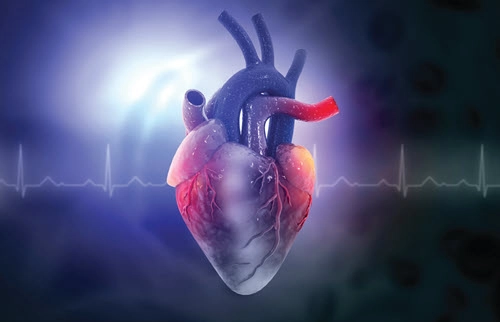MDS Alert
Know This Heart Anatomy to Avoid This ICD-10-CM Trap
Question: I’m looking through a resident’s cardiologist’s medical documentation, and she included a primary diagnosis of “dilation of the left atrium.” Should I report this as I77.819? Massachusetts Subscriber Answer: In the skilled nursing facility environment, staff working with ICD-10-CM coding who find documentation lacking or are otherwise unsure should always query the physician or nurse practitioner, reminds Jane Belt, MS, RN, QCP, RAC-MT, RAC-MTA, curriculum development specialist at American Association of Post-Acute Care Nursing (AAPACN) in Denver. But if you want to boost your knowledge of some ICD-10-CM nitty-gritty, know that you should not report I77.819 (Aortic ectasia, unspecified site) because the atrium and the aorta are distinct components of the heart. Referencing the ICD-10-CM alphabetic index, Dilation ⇒ cardiac gives you expanded options to choose between subterms “congenital” or “valve.” If the documentation supports a congenital pathology, then continue down that route. You should note that subterm “valve” is not an option since the atrium is a chamber of the heart, not a heart valve. If there’s no documentation that the condition is congenital, refer to Dilation > cardiac > see also Hypertrophy, cardiac. There, you’ve got more subterm options to consider including “fatty” and “hypertensive.” If those don’t match, go with the default code I51.7 (Cardiomegaly). Again, make sure you query the resident’s provider if you are uncertain, but it helps to know just how finicky ICD-10-CM coding can be.
MDS Alert
- Reimbursement:
Note These Possible Repercussions from FY 2022 Proposed Rule
The numbers are in on PDPM, and CMS is realizing its bets were off. The [...] - Staffing:
Pump Up Your Dementia Education for Staff
Make sure your onboarding program and continuing education cover dementia. There are more than 5 [...] - Back to Basics:
Demystify Therapeutic Diets
Knowing these commonly used terms will help you better navigate compliance. So, what’s the deal [...] - Reader Question:
Don’t Ease Up On COVID-19 Restrictions
Question: Most of the residents in my facility, and at least half the staff, are [...] - Reader Questions:
Put These Protections in Place for Resident Record Requests
Question: Can we just hand out residents’ individual medical records willy-nilly upon resident or family [...] - Reader Questions:
Know This Heart Anatomy to Avoid This ICD-10-CM Trap
Question: I’m looking through a resident’s cardiologist’s medical documentation, and she included a primary diagnosis [...]

